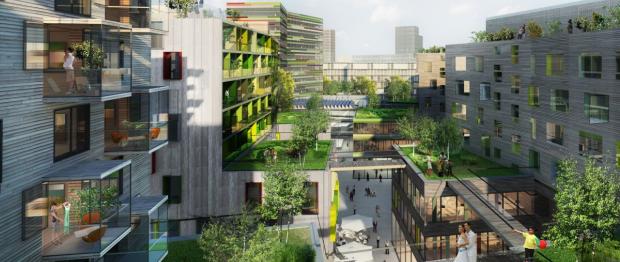
Energy efficiency
In the midst of the current recession, cost cutting continues to be one of the key assignments given to business administrators at companies across the U.K. And, as economists point out, how companies conduct cost cutting can have an impact on the economy. At most companies, the easiest way to cut costs without compromising bottom lines is layoffs, which are also bad for the economy. There is, however, another way for companies to cut costs without chipping away at payroll: implementing energy efficient design. Long promoted by proponents of the green movement, the cost saving value of energy-efficiency is well known. However, most companies practice energy efficiency at a level that doesn’t generate a high energy efficiency rating. Instead of making systematic changes to outdated interior lighting systems and HVAC systems, companies often take smaller measures, such as replacing incandescent bulbs with fluorescent bulbs and turning off unnecessary lighting, which produces an annual utility bill that’s little different than if the measures hadn’t been taken. At some companies, taking small efficiency measures and not paying for energy-efficient retrofits is thought to result in the most money saved, which isn’t true. Although energy efficient retrofits can be expensive, most efficiency projects have a first-year ROI of 50 percent or more, which quickly turns energy savings into pure profit that impacts a company’s bottom line year after year. By implementing energy-efficient retrofits, companies can permanently reduce their annual utility bill by over 50 percent. To determine whether a building could benefit from energy-efficient retrofits, an energy efficiency consultant performs a building wide energy audit, which identifies problem areas and determines a...


